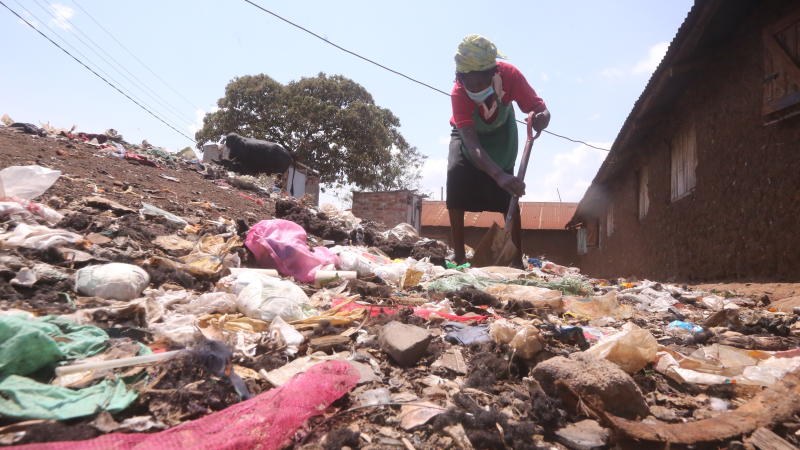×
The Standard e-Paper
Fearless, Trusted News

On a bright mid-morning, Benter Jaoko struggles to flap away houseflies from her groceries stall at Kojwang in Nyalenda Estate, Kisumu. Five metres away is a heap of solid waste, which sometimes spreads near her stall as animals and street children scavenge.
This has been her tribulation for the past four years, despite the place not being gazetted as a waste skip.